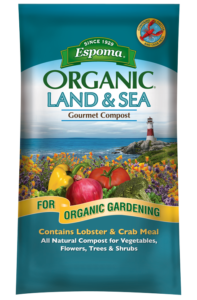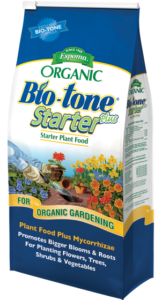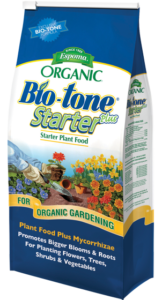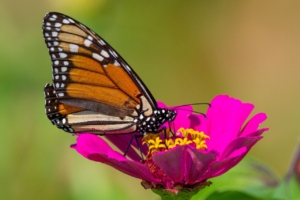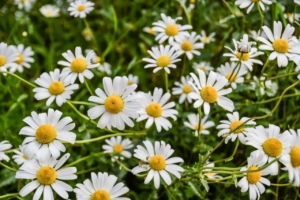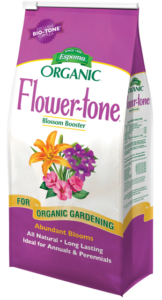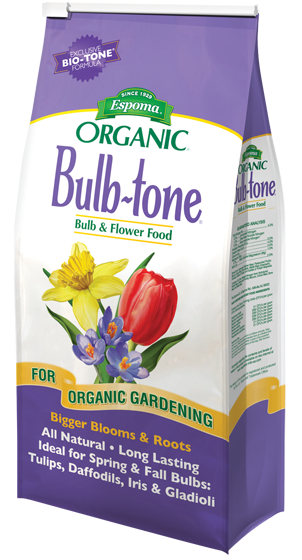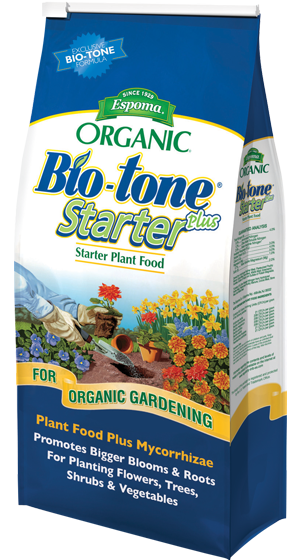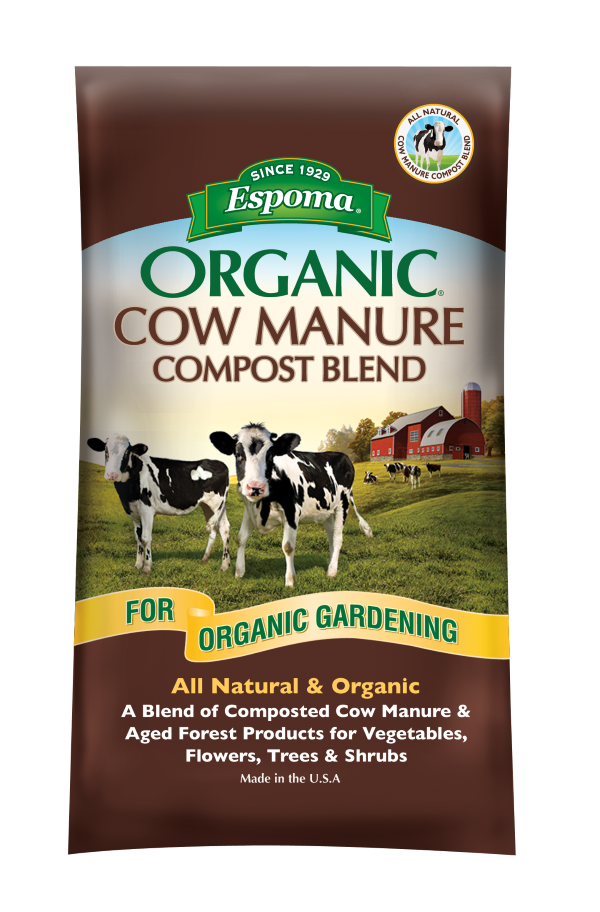https://www.espoma.com/wp-content/uploads/2022/05/Two-New-perennials.jpg
1080
1920
espoma
https://www.espoma.com/wp-content/uploads/2023/05/espoma-logo340w-1.png
espoma2022-05-27 09:42:482022-06-03 12:11:06Video: Garden Answer’s Two New Perennials for 2023: Heliopsis & Agastache!
VIDEO: Planting Begonias & Impatiens with Garden Answer!
/in Blog, Flowers, Garden Answer, Gardening, Spring GardeningVIDEO: Planting Bush Clematis, Ornamental Oregano and a Bloomerang Lilac Tree!
/in Blog, Espoma Videos, Flowers, Garden Answer, Gardening, Spring Gardening, Spring GardeningVideo: Planting Moss Containers for Spring
/in Espoma Videos, Flowers, Garden Answer, Gardening Projects, Spring GardeningTake a look at how Laura from @GardenAnswer plants spring moss containers with the help of Espoma!
Featured:
Video: Planting Dahlias with Garden Answer
/in Blog, Espoma Videos, Flowers, Garden AnswerTake a look at how Laura from @GardenAnswer plants Dahlias with the help of Espoma!
Featured Products:
Walk Down the Aisle with These Wildflowers in Your Bouquet
/in Blog, Flowers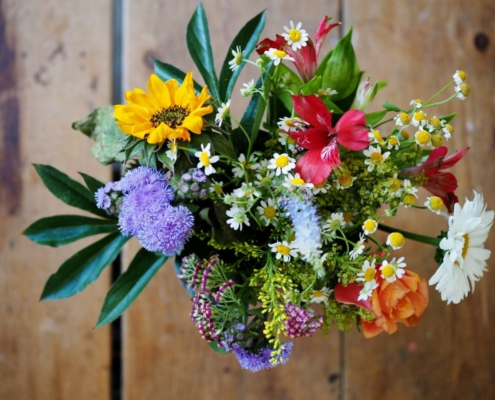
It’s wedding season! Whether you’re having a dreamy, late summer wedding or a rustic, autumn wedding, wildflower bouquets can match almost any color palette and theme. You can even grow your bouquet in your own backyard with the right timing and resources. Here are a few suggestions as well as tips and tricks to have beautiful blooms on your big day!
Zinnias
If you’re new to gardening, zinnias could be a great place to start! They are one of the easiest wildflowers to grow and bloom from late spring until the first frost, which is sometime in the fall, depending on where you live. They also grow in a variety of bright colors, so you have a large palette to choose from. Make sure to grow them in full sun!
Daisies
If you want flowers as white as your dress, daisies are perfect. For extra vibrant white petals, use Flower-tone. Daisies are a convenient option if you’re short on space in your garden, as they grow about 1–3 feet tall. They typically bloom in full sunlight from late spring to early fall.
Baby’s Breath
Baby’s breath is the perfect flower to fill the spaces between larger blooms in your bouquet. They’re low maintenance, deer resistant, and have an extended bloom time of four weeks. Grow in full sun.

Sunflowers
Who doesn’t love sunflowers? Single-stem varieties will grow quickly and produce one stem per plant. The classic golden sunflowers can add a beautiful pop of color to your bouquet, but if you’re looking for something a little more unique, try growing Lemon Queen sunflowers, which have more of a lemon shade of yellow than the typical golden variety. For the biggest, brightest blooms, feed your sunflowers Espoma’s Bio-tone Starter Plus and grow in full fun or half shade.
Cutting
Once your wildflowers are in bloom, cut the stems. It’s best to do this in the early morning or in the late evening so that the sun and heat do not wilt the flowers. Foliage placed in water may grow bacteria that will kill the flowers prematurely. You can prevent this by stripping the foliage from the bottom of the stem gently using your hands or scissors.
A bouquet of wildflowers makes a beautiful addition to your wedding, but if bulbs are a better fit for you, check out these tips from Laura from Garden Answer!
Featured Products
Blog: Bring the Outdoors In with a Fall Cutting Garden
/in Blog, FlowersSummer is quickly coming to an end. As we say goodbye to summer blooms, we get to welcome beautiful autumn flowers like mums, sunflowers, pansies, and more! If you’re looking to add some fall decor to your home, bringing your garden inside from a cutting garden is a great way to add a pop of color and change things up for fall.
Put together a cutting garden that is personalized to you and the colors that will make you happy. Don’t worry about whether or not the plants “go together.” Get creative! Here are some of the best autumn blooms for bouquets that are vibrant and trendy.
- Sunflowers
While most people typically picture golden-toned, dark-centered sunflowers, there are actually a few varieties to choose from when planning your cutting garden! For example, Bashful sunflowers have a salmon pink ring on the petals, and Little Becka sunflowers have deep red in their petals. Whichever variety you choose, keep autumn colors in mind. If you’re hoping to create a bouquet, pollen-free varieties are best. - Oakleaf Hydrangea
Oakleaf hydrangeas bloom in either pink or white, and the leaves turn beautiful shades of orange and red in the fall. It’s very important to plant oakleaf hydrangeas in well-draining soil, as they could get root rot. If you’re including them in a bouquet, harvest the stems when half of the blooms have opened.
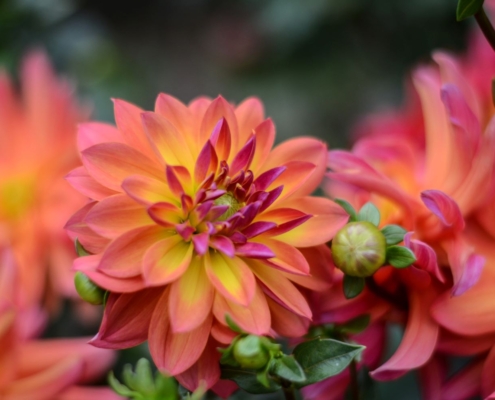
- Dahlias
While dahlias flower throughout the summer, warm days and chilly nights allow them to produce more flowers in more vivid colors in the fall. Plant dahlias in full sun and in a rich soil. Fertilize with Holly-tone for deep, vibrant, blooms. Whether you prefer pink, red, orange, or yellow, dahlias can make a great addition to your cutting garden.
Getting started:
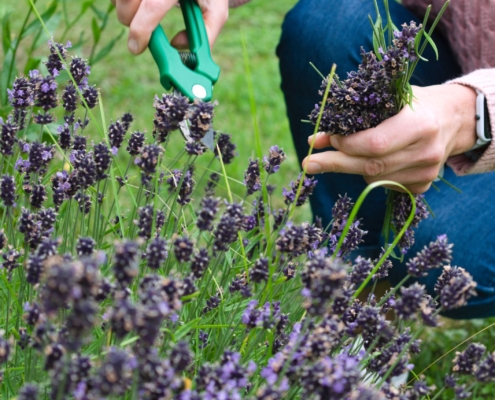
- Choosing a Spot for Your Garden
The size of your garden space really depends on the types of plants you’re growing, so you can choose plants that will be able to thrive in the space you have available. Regardless of size, make sure the spot is sunny and well-drained! If you’re really short on space, utilize the space between rows in your vegetable garden. - Planning
Make sure your garden site meets the sun exposure and growing condition requirements listed on the plant tags. For easy cutting and collecting, leave some space in between plants. - Preparing
Set your garden up for success by working Bio-tone Starter Plus into the soil before planting. To make sure your plants aren’t competing with any weeds for resources, clear your soil in advance. - Planting
Plant seeds or seedlings about an inch into loose soil. For best results, water your flowers weekly and regularly fertilize with Espoma’s Flower-tone!
Once your plants start to bloom, start cutting! The more you cut, the more the plants will flower. Happy fall, and happy gardening!
Featured Products
Video: Planting Native Forest Bulbs with Summer Rayne Oakes
/in Blog, Espoma Videos, Flowers, Summer GardeningFollow along with Summer Rayne Oakes from Flock Finger Lakes as she replants native forest bulbs at Smith Woods in the Finger Lakes, all with the help of trusty Espoma products!
Featured:
Video: Planting a Flower Bed with Summer Rayne Oakes
/in Blog, Espoma Videos, FlowersTake a look at how Summer Rayne Oakes from Flock Finger Lakes uses Bio-tone Starter to enhance her soil with the right nutrients and make her garden flourish!
Featured:
Prepare the Perfect Hanging Baskets
/in Blog, Container Gardening, FlowersSummer is here, but it’s not too late to put together the hanging basket of your dreams! If you’ve ever struggled to create a hanging basket that lasts all season long, we’ve got you covered. Keep reading for five tips to achieve the perfect hanging basket that will make all your neighbors jealous.
1. Choosing the Right Basket
While this may seem like simply a stylistic choice, choosing the right size and type of basket is crucial to your hanging basket’s success. Your basket should be at least 14’’ to 16” so that your plants’ roots aren’t taking up all of the space in the pot by early summer.
It’s also important to consider the look you want to achieve. If you want to keep it simple, regular hanging pots will do the trick. If you’re feeling a bit more advanced, and want to aspire towards a “flower globe” look with plants pouring out of the basket from all directions, try a wire basket with a fiber liner.
2. Picking the Perfect Flowers
Here’s where you can really get creative! You can make a statement by committing to a single color, or you can mix it up by choosing a variety of colors and textures. It really depends on whether you want your hanging basket to be a subtle addition to your yard, or if you want it to be bolder, immediately drawing the eye. If you need some inspiration, check out Laura from Garden Answer’s 2022 arrangements.
It’s also important to consider whether your basket will hang in the sun or shade, and what type of weather conditions the plants will be exposed to. Choose blooms that will grow well where you choose to hang your basket so that it lasts all the way through the end of the summer.
3. Watering
Consistency is key! Be sure to regularly water your plants at the same time each day, as irregular watering may add unneeded stress to your basket. Since hanging baskets aren’t rooted in the soil, they are dried out much more easily by the sun and wind, and a regular watering routine is especially important.
It’s also helpful to get in the habit of watering your plants early in the morning. The water will be less likely to evaporate and your plants will be well-equipped to handle the afternoon heat.
4. Choosing the Appropriate Soil and Fertilizer
It’s important to choose a high-quality potting mix to keep your blooms bright and beautiful all summer long. Try some of our organic potting soils, like our Moisture Mix, or Potting Mix, which are both perfect for use on all container plants.
Remember, to make your baskets last long, it’s important to make sure the plants aren’t outgrown by early summer. Apply fertilizer slowly and steadily, rather than in heavy doses. Liquid fertilizers are a great way to achieve this. Check out our organic Flower-tone, which can be mixed with water and used every 2 to 4 weeks to feed your hanging plants the microbes they need to thrive.
5. Perfect Pruning
If there are dying blooms in your basket, it’s time to cut them off! Not only do they distract from the beauty of your healthy blooms, but they also use up vital resources in your soil. This is as simple as pinching where the flower meets the stem. Regularly removing dead bulbs ensures that the nutrients in your soil are going towards creating new blooms to keep your hanging plant flourishing.
With these tips, you’re sure to have a beautiful hanging basket that will last you through the summer. Happy planting!

